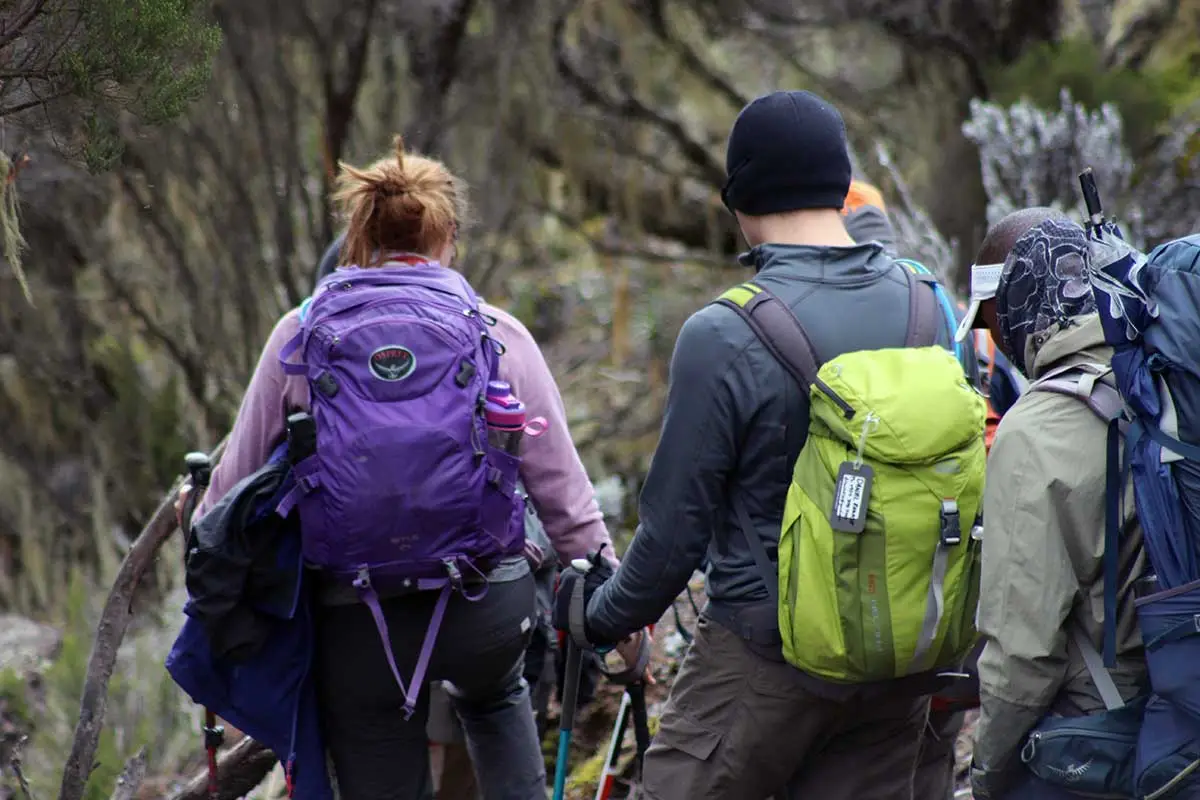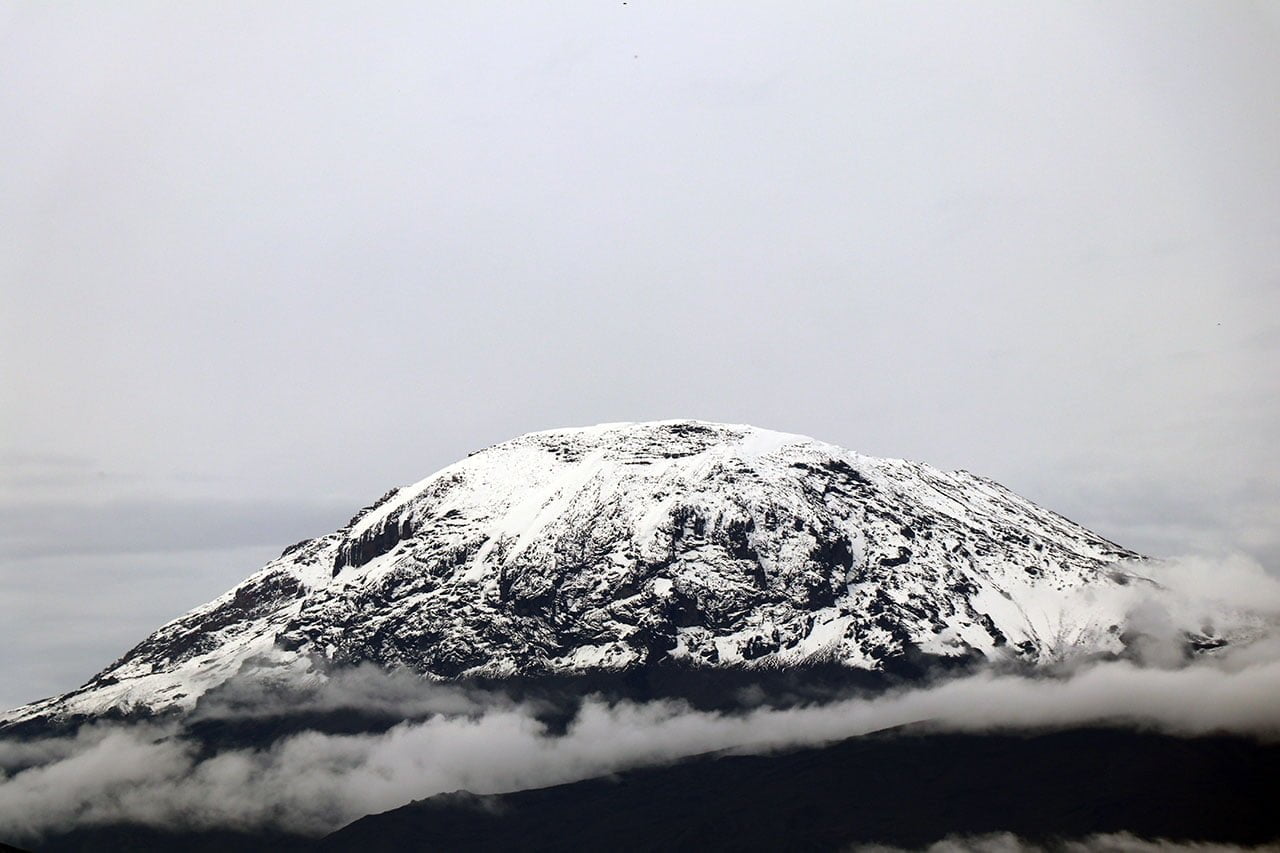
Kilimanjaro Weather
While there aren’t many significant temperature variations from season to season, Mount Kilimanjaro’s weather can fluctuate drastically from extremely hot to extremely cold on the same day. Rather, the height and time of day have a greater influence on the temperature of Mount Kilimanjaro.
At Uhuru Peak, the mountain’s peak, nighttime temperatures can drop as low as 20 to -20 degrees Fahrenheit (-7 to -29 degrees Celsius). At the foot of the mountain, normal temperatures hover around 21 to 27 °C. Kilimanjaro produces its weather, which can be incredibly unpredictable and varied, much like any great mountain. Rain, wind, cold, and even snow are all possible weather conditions for hikers.
Even though the best time to climb Kilimanjaro is during the “dry” seasons, rain and snow are conceivable at any time of year. As you climb higher, the temperatures may change significantly; one minute you’re walking in scorching sunshine, and the next you’re layering up against a harsh wind.
Kilimanjaro, which is 19,341 feet above sea level, is large enough to develop its weather systems. Being on the equator means that the trade winds (also called ‘ monsoons’) that sweep over the ocean, pushing precipitation upwards, are disrupted by the mountain. This leads the wind to surge up towards the top, cooling along the way and delivering rain and snow.
Is there snow on top of Mount Kilimanjaro?
The protracted rainy season that lasts from March to May is caused by southeast trade winds. These southerly winds from the Indian Ocean carry moisture, sending rain to the lower slopes and snow to Mount Kilimanjaro’s peak. During this season, the southern hills receive the greatest rain.
The ‘ short rains’ in November are caused by a northeasterly dry breeze. Because it has not gone over an ocean, the showers are shorter and less powerful than during prolonged rains. The more northerly hills get the most of the rainfall during this season.
Kilimanjaro Temperatures:
Mount Kilimanjaro’s temperature does not vary greatly from season to season due to its proximity to the equator. Instead, temperatures on Mount Kilimanjaro are governed more by altitude and time of day. The usual temperature at the base of Mount Kilimanjaro, where the climb begins, is between 70 and 80 degrees Fahrenheit (21 to 27 degrees Celsius). Temperatures will drop as you ascend through the mountain’s five natural zones, beginning at the base.
Night temperatures on Kilimanjaro’s summit, Uhuru Peak, which is in the arctic zone, may vary from 20 to -20 degrees Fahrenheit (-7 to -29 degrees Celsius). As a result, we urge that you always be prepared for rainy and chilly evenings, so have the appropriate clothes with you at all times. Read more about what you need to bring in your day pack on Kilimanjaro.
Kilimanjaro Weather Through the Climate Zones
As you ascend, you’ll observe the weather shifting across climatic zones.





